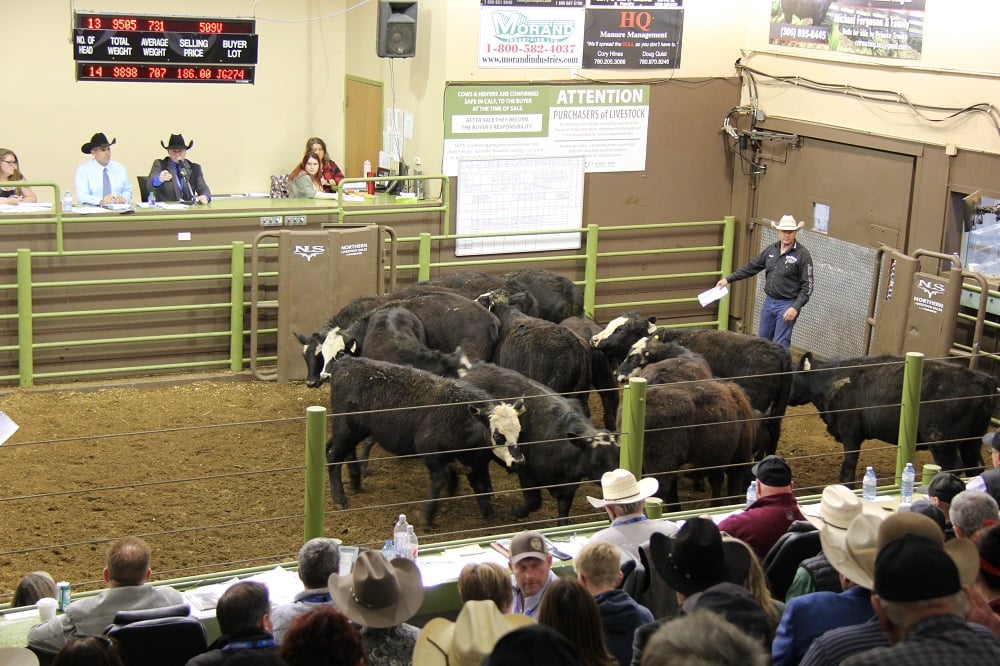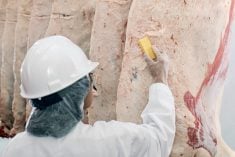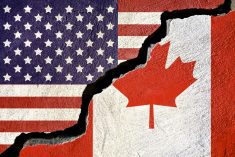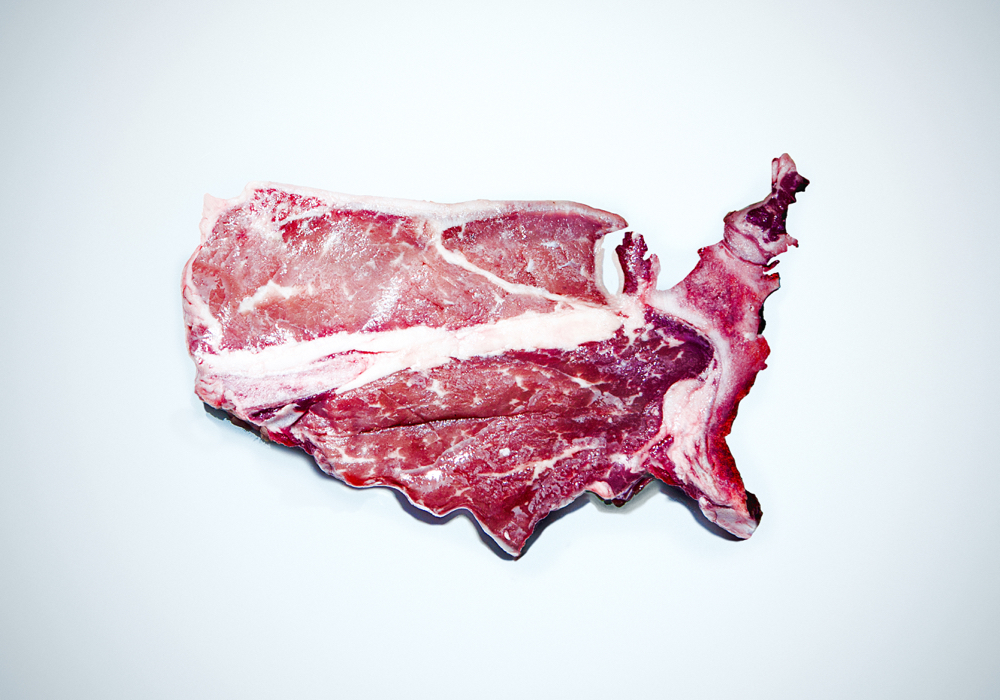How much consumers pay for beef and how much they buy largely determines the success of the North American beef industry. Beef demand at home and abroad was strong last year across the continent and should remain so in 2020. Much of the reason is that the U.S. and Canadian economies are among the strongest in the world and show few signs of weakening.
Beef week-in and week-out in 2019 was the preferred protein for American food shoppers. Whether it was in a conventional supermarket or at a membership warehouse, beef dominated sales of pork and chicken, even though there were ample supplies of these other proteins.
Read Also

Cattle Market Summary
Break-evens, cow and calf prices, plus market summaries courtesy of Canfax and Beef Farmers of Ontario. Cost of Production May…
The reasons for this are numerous but 2019 saw a happy convergence of the highest-quality beef supply in the U.S. industry’s history at the same time that more consumers could afford it. Cattle in the U.S. are now grading 80 per cent or higher USDA Prime and Choice and less than 18 per cent Select. Just five years, ago the percentages were under 70 per cent Prime and Choice and 25 per cent Select.
The greater supply of Prime and Choice beef has allowed retailers to upgrade their beef programs, especially when they realized their customers had more money to spend on beef. The latter is a result of a solid U.S. economy, a declining unemployment rate, and most notably an increase in hourly wages. The last point has meant that Americans who previously could only afford to buy ground beef or a pot roast regularly can now afford to buy a T-bone steak whenever they want to.
Strong domestic and export demand for beef in October was the main reason why cash live cattle prices at the end of the month finally exceeded the levels they had been at the week of an August 9 fire at Tyson Foods’ Holcomb, Kansas beef plant, which closed the plant. The plant resumed slaughter operations in early December. November beef sales remained solid, despite the usual plethora of cheap turkey for the Thanksgiving holiday, and December holiday beef sales might have been the strongest in some years.
A new analysis from the Livestock Marketing Information Center confirms the strength of beef demand in recent years. Third-quarter beef demand posted year-over-year gains in the Meat Demand Index that LMIC calculates, it says. The index is a measure of changes in domestic consumer demand. Retail beef demand, measured by USDA’s retail All Fresh beef price, increased less than one per cent over last year, it says.
Retail beef demand is currently in an up-cycle after 2008 to 2013 showed values below 100, says LMIC. Since 2014, the index for the third quarter has ranged from 102 to 110, with 2019 being the highest since 2015. Annual retail beef demand has been trending lower than the last peak of 2015, reading values of 108 and 107 in 2016, 2017 and 2018. Last year, the annual index likely showed a slightly higher figure based on the first three quarters, says LMIC.
LMIC’s calculation of its demand index does not take into account that retailers priced beef aggressively all year, with a lid on everyday prices and plenty of featured items each week. The result is that the All Fresh price was close to year-earlier levels.
Retailers could have offered beef at higher prices, which would have raised LMIC’s demand index. Instead, they chose to keep prices almost flat with last year and sell even more beef. That was great news for beef-loving Americans. With beef production expected to increase two per cent in 2020 from 2019, retailers will continue to price beef aggressively and consumers will benefit even more.
















